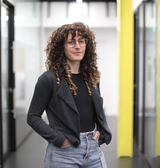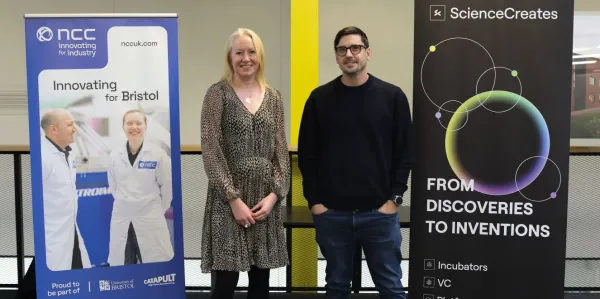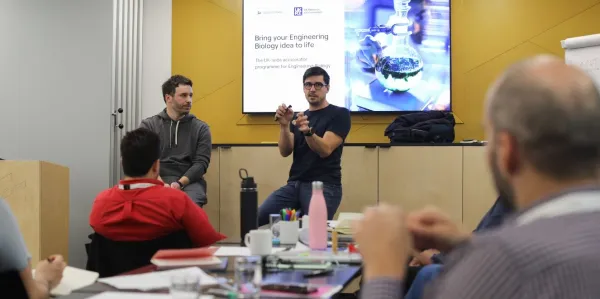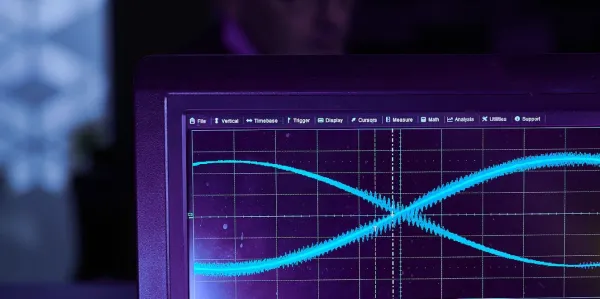The building blocks of a community
Giving scientists the physical infrastructure they need to become entrepreneurs and achieve impact in the real world
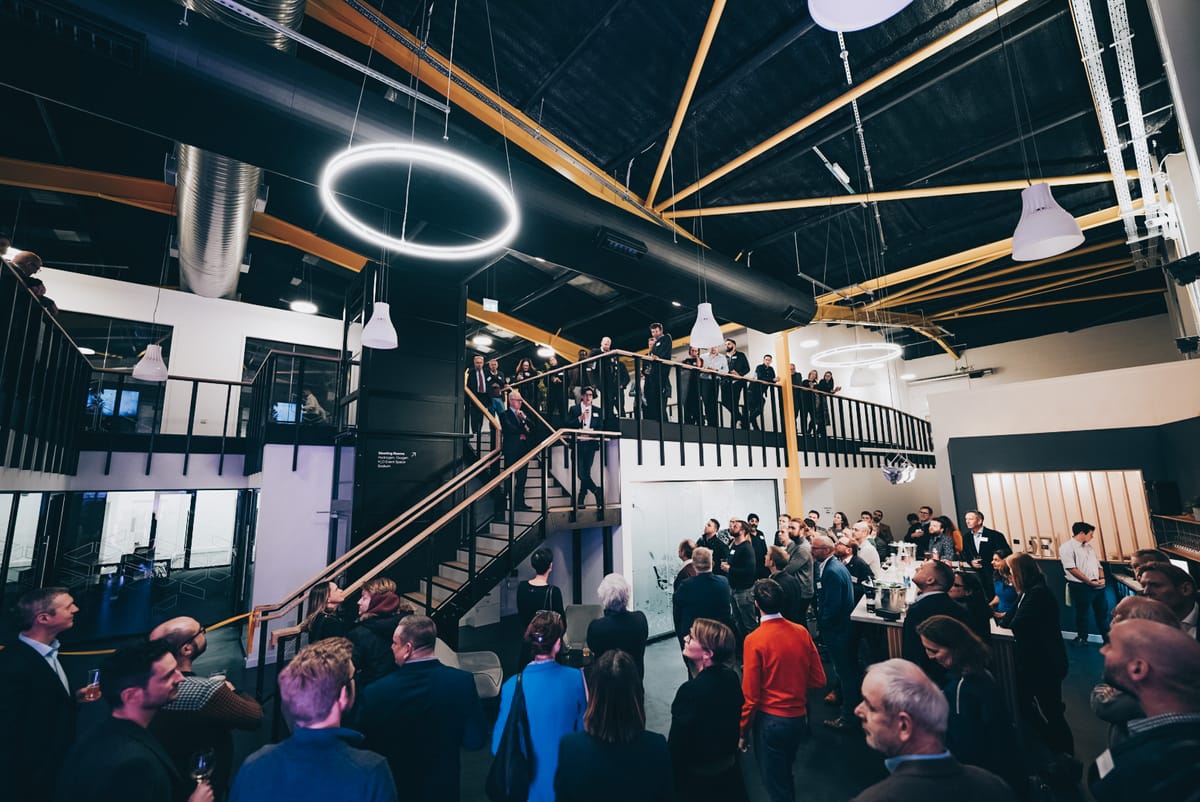
Giving scientists the physical infrastructure they need to become entrepreneurs and achieve impact in the real world
By Patrick Fallon, Head of Developments at Science Creates
As Science Creates looks forward to the opening of its next physical space, ‘OMX’, in late 2025, architect-in-residence Patrick Fallon discusses why cultivating community takes more than bricks and mortar.

As I walk across the double-height space at our Old Market incubator, the morning light pours in along the split-level bar, and I arrive at a sleek, arching chrome device that stands proud. There is a swarm of morning chatter — laughs and familiar, friendly faces hovering, looking at who is next to remedy their morning need.
While the tap bellows steam and the crunch and grind of the bean is silenced below, the conversations are eye-opening; they remind me, every day, just how visionary our community is here. Today, it’s quantum gravity and how measuring an atom dropping in a vacuum means you can see the unseen, hundreds of metres underground. Tomorrow, it’s about opening Europe’s largest contract pilot facility for cultivated meat. Another day, it’s how the future of medicine lies in lab-grown red blood cells which, once injected into humans, aim to flush out rare chronic diseases. Another day, another world-first. Pretty invested chats for first thing in the morning, but it’s these great minds, solving huge world problems, that get me out of bed every day. It’s these minds that have risked a lot to develop such game-changing technologies. After all, commercialising IP is not easy. They’ve chosen a treacherous path, odds stacked against them. Whether it’s down to technology issues, cash flow setbacks or simply bad luck, many of these companies won’t make it past the seven year mark (Beauhurst, 2024). It takes a certain type of character to be a Deep Tech entrepreneur and work for a company for which the future is never certain. These are brave individuals ready to take their chances and they all share a common trait: an unrelenting will to improve the world.
So how do we design a space for people where the stakes are so high?
We think the spatial experience of our incubators should reflect the level of thought and ambition of the science taking place within.
We think the spatial experience of our incubators should reflect the level of thought and ambition of the science taking place within. In this case, that’s a lot. The PhDs per square foot here can sometimes be intimidating, even for someone who completed 12 years of architecture school. Our approach is to tailor our spaces for a vibrant, ambitious and passionate entrepreneurial community. We’ve done so by committing to placemaking — designing spaces that inspire, encouraging conversation through intimacy and human scale, while at the same time overdelivering on the R&D spec.
But it goes beyond design — it’s a mentality. At Science Creates, we exist to enable our members to solve some of the hardest scientific challenges, in any way we can. What you get as a result is a place where some of the world’s leading startups, investors and academics gravitate. It feels like everyone has a shared purpose and a lot of work still to do.
This is square footage that’s in demand, with all spaces taken. As the coffee queue grows each morning, so does the realisation that it is a great problem to have — it means we’re providing a place where people really want to be. The community events are packed and demonstrate strong social bonds — whether it’s a Mexican Day of the Dead bake-off, an LGBTQIA+ Drag catwalk or a ‘SCimbledon’ ping-pong championship, people are happy to stay here after work, late into the evening, which is a great thing. The intersection of all walks of life is amazing to see, too, and it’s cross-generational — often with the atrium full of young faces from a local school or home-ed class walking into The Learning Lab to discover what a scientist actually does in practice, inspiring them into exciting career pathways.
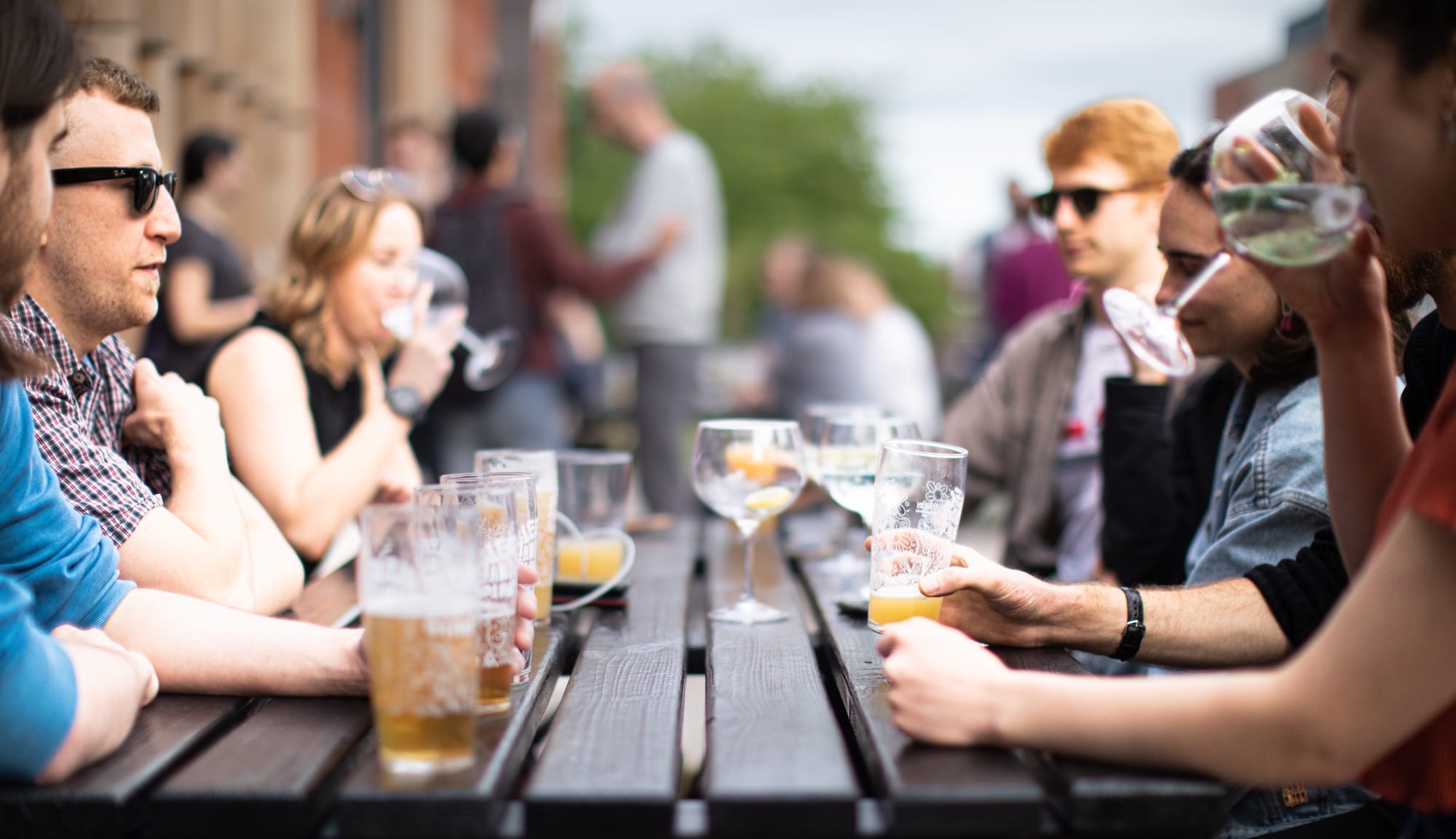
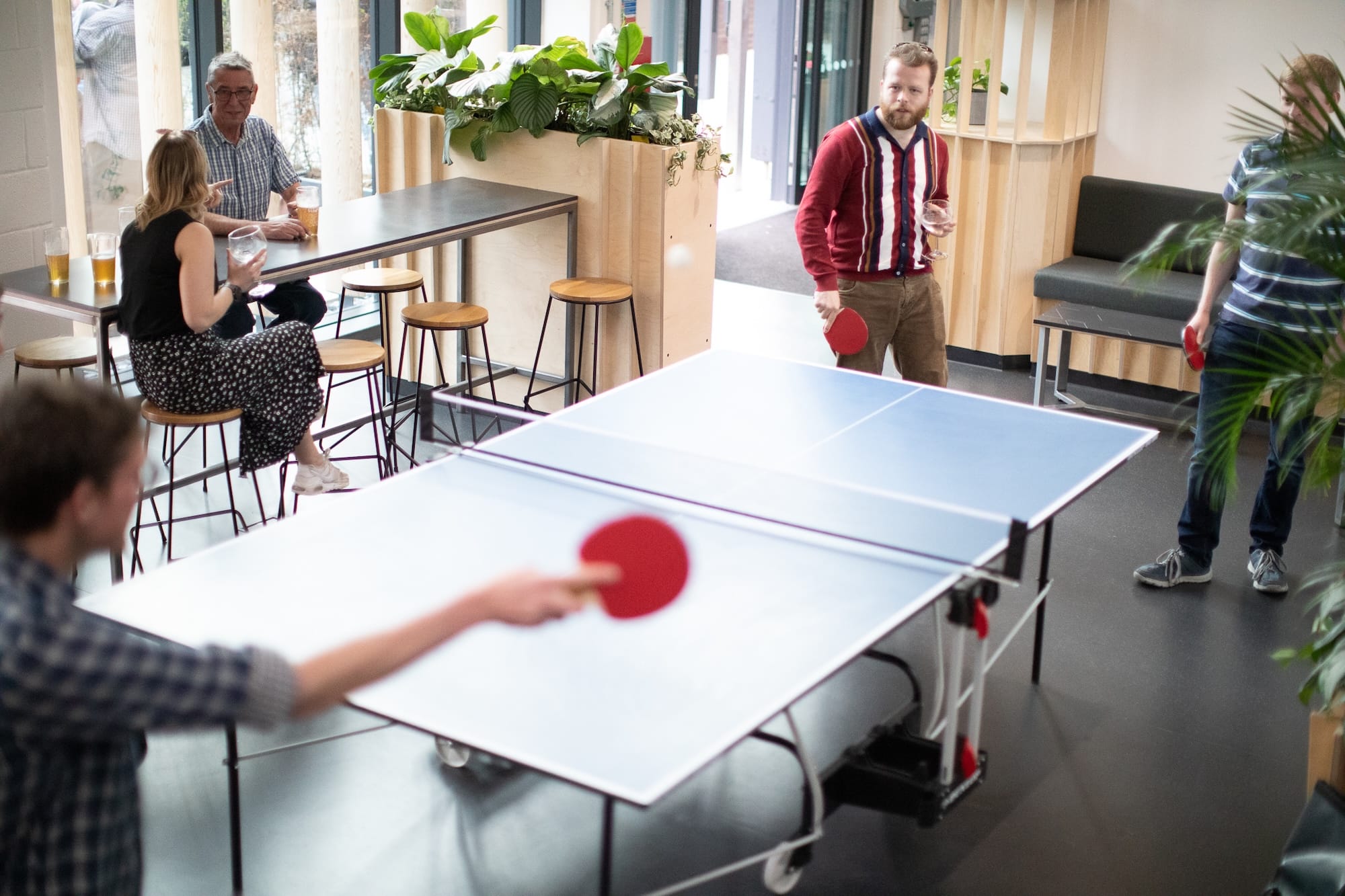
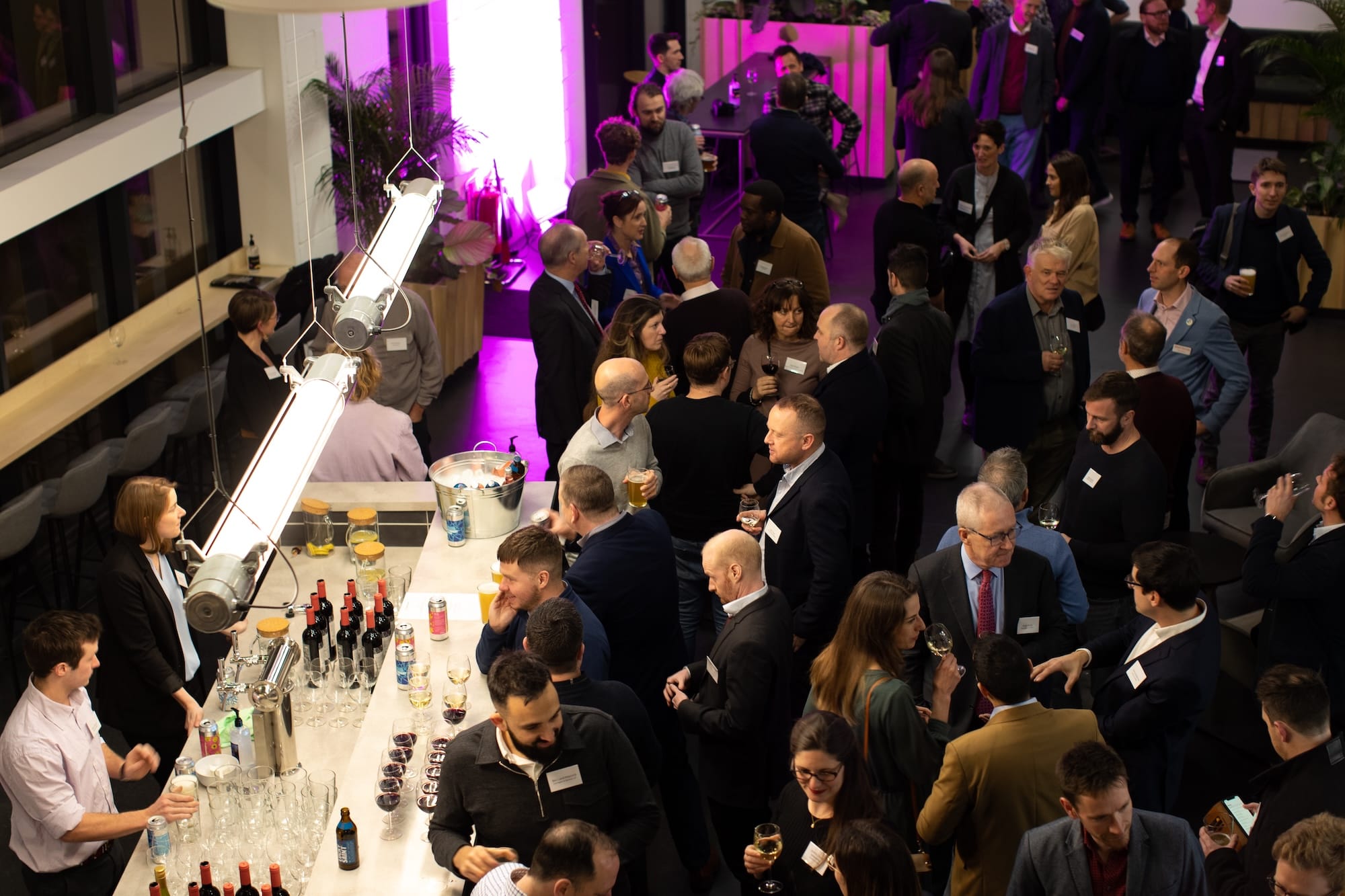
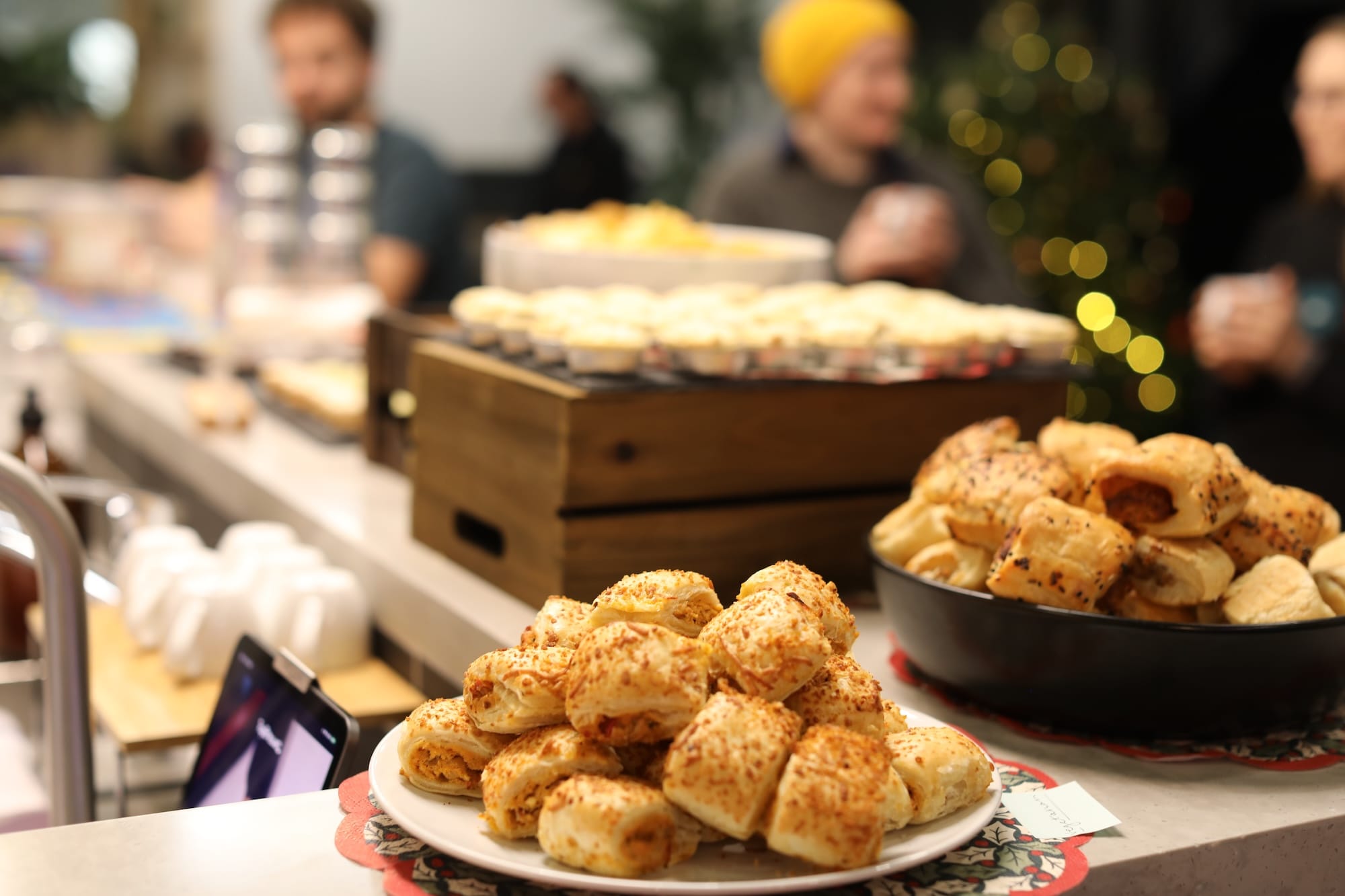
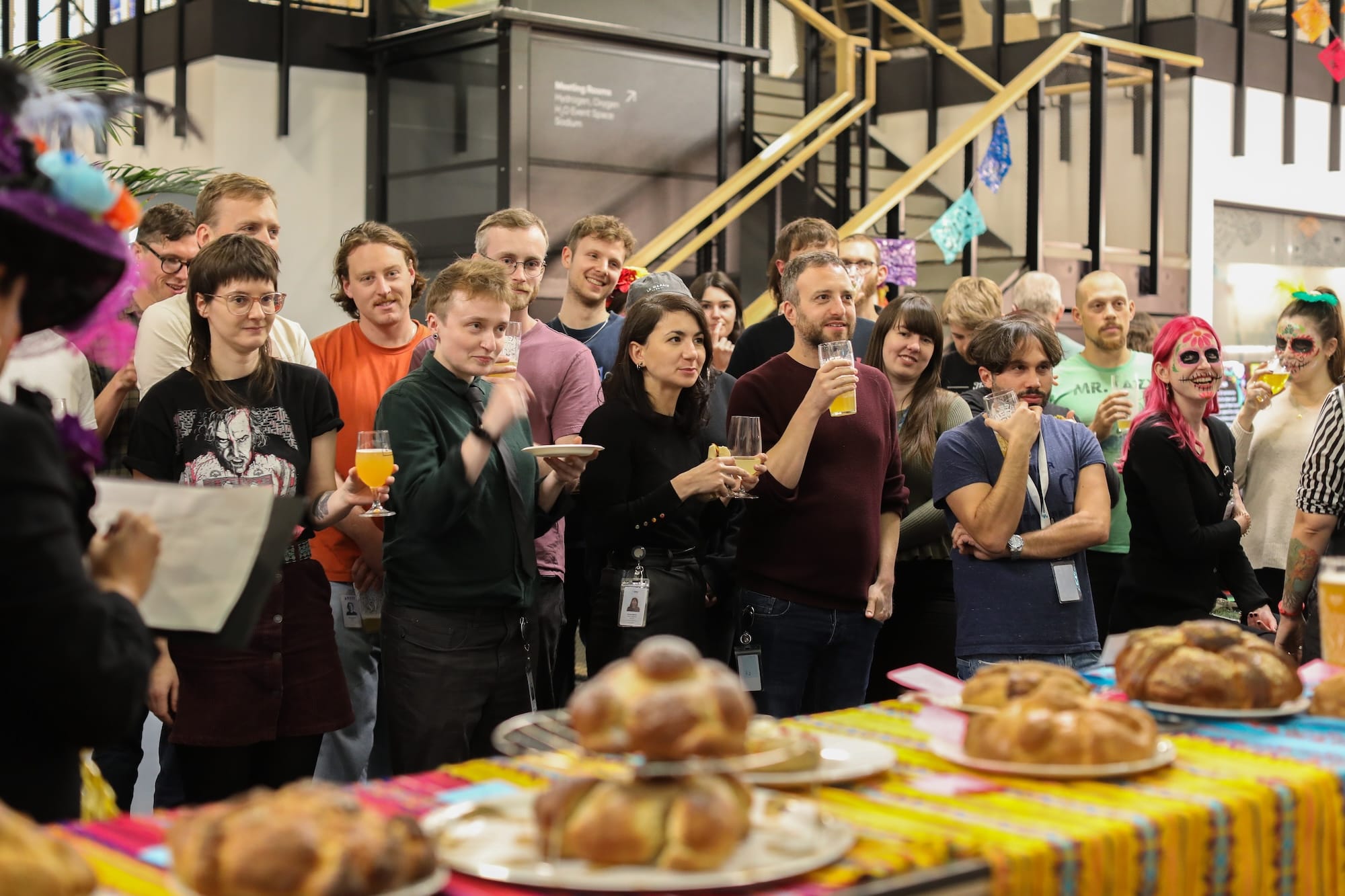

But as the timetable gets booked up, growth can be a double-edged sword. I am often asked by our members when the next facility is going to open. They are under many pressures — growing teams, investment milestones and limited lab space. It’s a difficult juggling act that can have a massive impact on a company’s chance of success.
This cultivation of the field and the building of our incubators has taken the best part of a decade.
It has been a slow process, and along the way we have been bruised by the commercial property market, the economic climate and anything, by Sod’s Law, that will try to scupper our plans. It does soften the mood. But we’re a resilient bunch, with many ‘code reds’ under our belts. The clock is ticking and the time is coming closer for us to help remove the uncertainty and help again with lab space availability in Bristol.
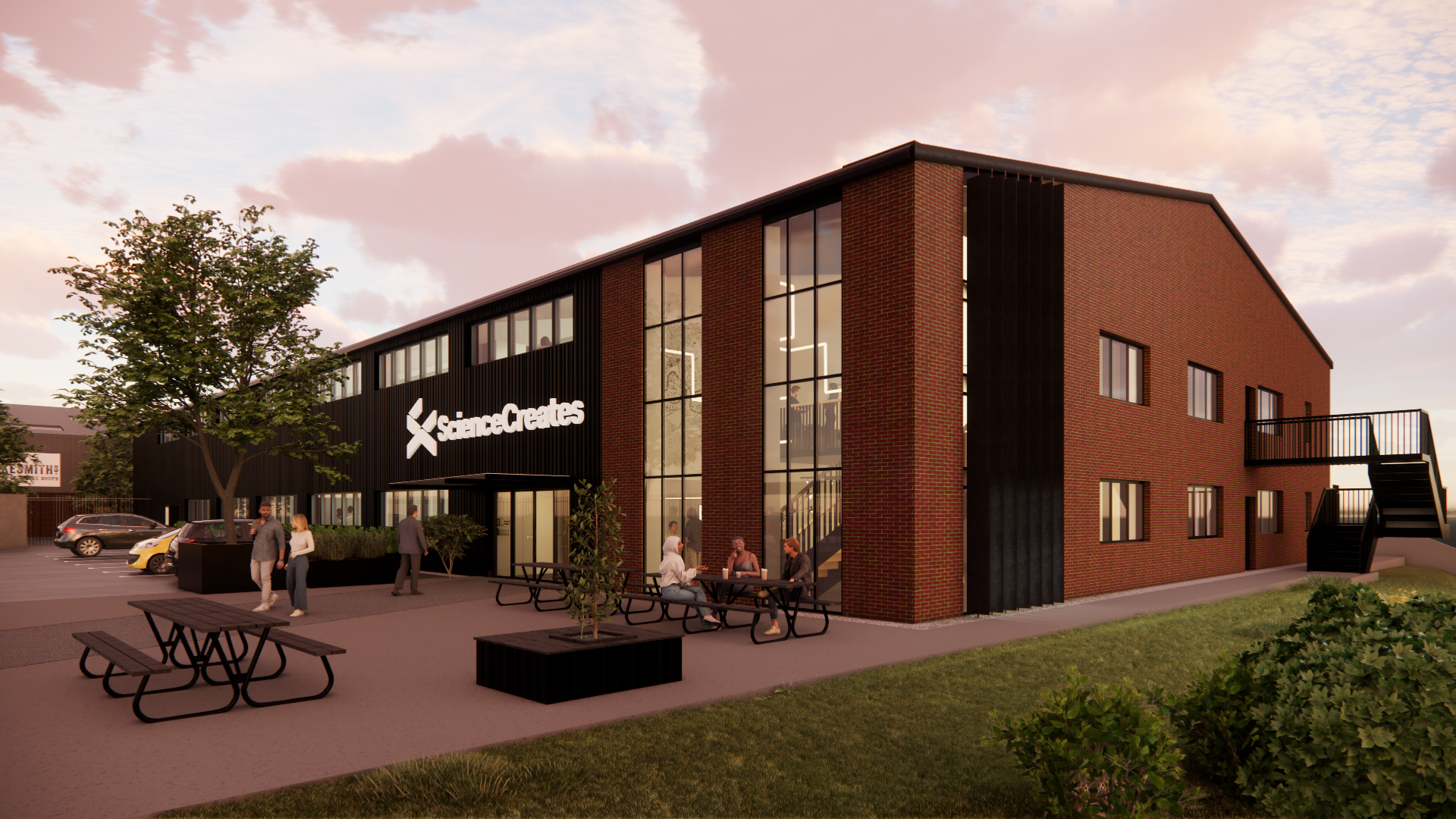
Our partnership with the University of Bristol and Research England marks the first step in realising our vision for the future. Together, we’re creating a biotech and quantum innovation hub: ‘OMX’ — an extension to our Old Market site that will double our footprint and offer lab and office space for both spinouts and scaleups. Set to open in 2025, OMX will provide much-needed facilities for our growing community. This project is also a first for us as we venture into multi-story lab spaces, making us the largest provider of CL2 lab space in the South West, with 77,000 sq ft under management. OMX will be another platform for even greater growth and opportunity in Deep Tech.
While it can sometimes feel like an uphill battle, being part of a growing team, a thriving ecosystem and an expanding cohort of Deep Tech companies in the West of England is incredibly rewarding. The region is now attracting some of the UK’s largest investments in spinouts; an exciting shift that underscores the region’s growing importance in the Deep Tech sector. But there’s still work to be done and for too long the ‘Golden Triangle’ has been the focus of innovation funding in the UK. A levelling of the playing field is how we see it, with a need for stronger connections between the community’s needs and the strategic need for investment. A greater appetite for risk is required.
We founded our Old Market incubator, along with our first site at St Philips, as part of our mission to give scientists the physical infrastructure they need to become entrepreneurs and achieve impact in the real world. Navigating a period of profound scientific and societal events spanning almost a decade, we have seen this Deep Tech ecosystem and community grow and pull together beyond anything we expected. It is a difficult undertaking, building a Deep Tech business. But being a collective, and one that is mutually supportive with a shared purpose, will smoothen the ride — and make the early mornings worth it.
Continue reading Gravitate - The Deep Tech Founder Magazine

